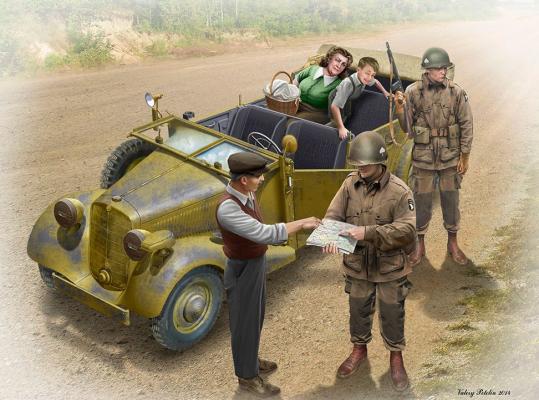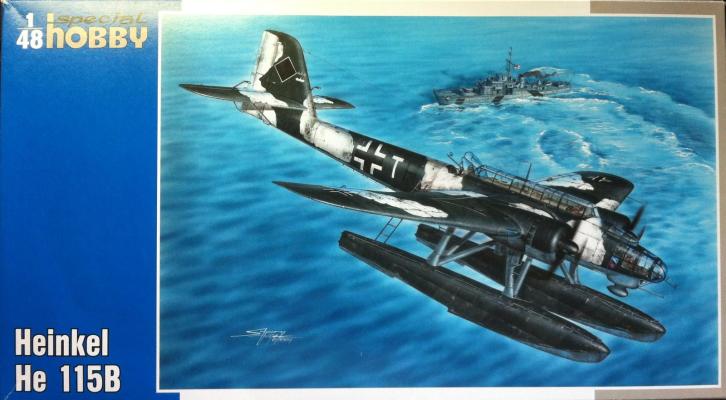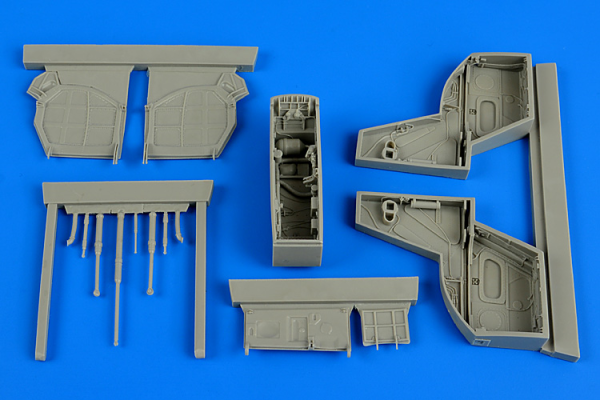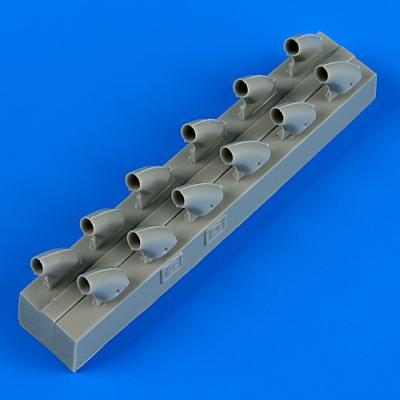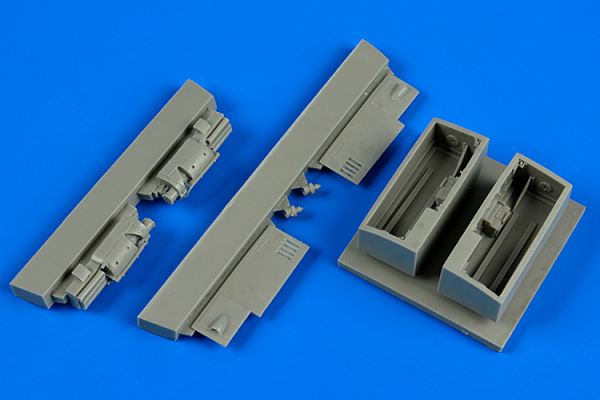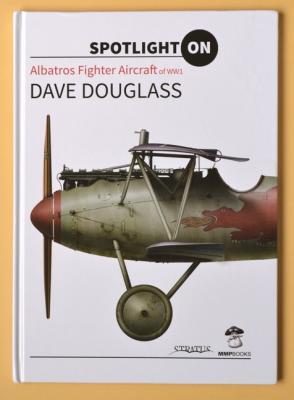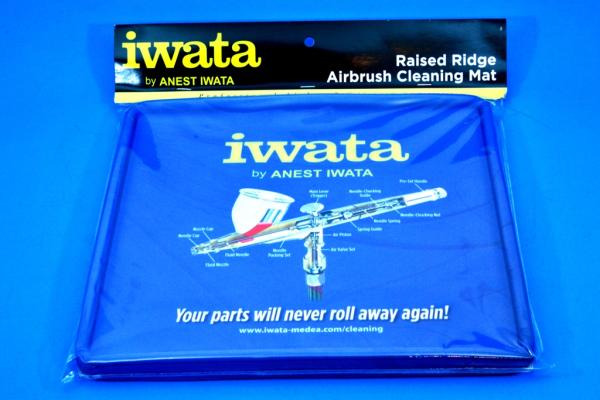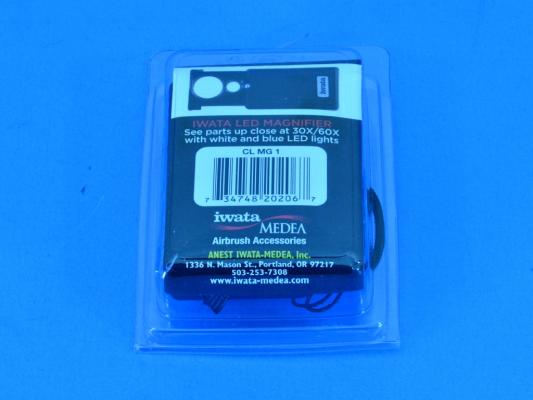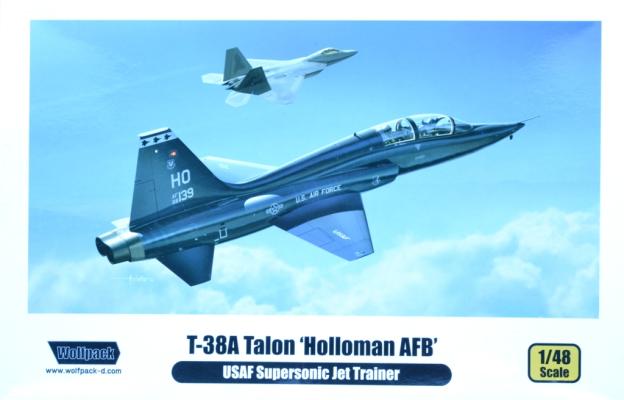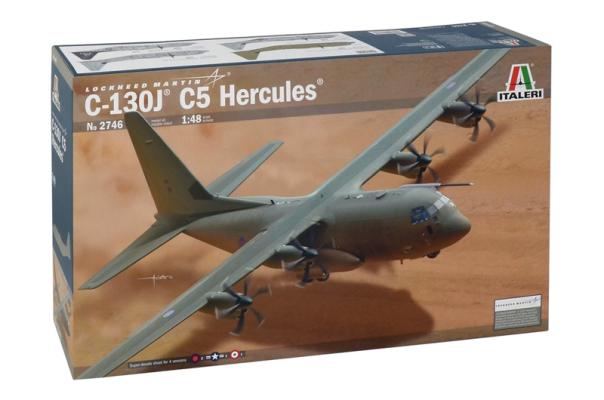Master Box continues to surprise with interesting vignettes, all in one package. This set includes their Type 170 German staff car and five figures – two US Paratroopers and a civilian family. The US officer is consulting with the father in the family to determine where he’s going, and the child has squirmed out of his mother’s arms to get a closer look at the fascinating soldiers. I was attracted to his model from the moment I saw it – anything about the lighter side of warfare appeals to me anyway, and Master Box had come up with something really interesting.
What's New
Special Hobby provided this kit to IPMS in August, 2013. “Real life” intervened and the original reviewer thought it best to return the item so another reviewer volunteer to take on the review. That process began in mid-October, 2014 and the kit was completed in mid-December, 2014.
Instruction Sheet
Error – Page 13, Shows two part “PUR 13”s. The upper illustration (Step 20) uses two arrows to indicate the correct placement of two rear-facing machine gun barrels. These barrels are centered on a small ridge formed by the trailing edge of the cowl where it fairs into the upper wing skin. The arrow showing the placement of the port-side barrel is in error. Both barrels should be centered on the aforementioned “ridge” on both the starboard and port sides. Further, machine guns were not installed on the “B” version but were installed on the “C” version according to “Warplanes of the Third Reich”.
Many of us have waited a long time for a quality kit of the Kfir, and Kinetic released a very fine example about a year ago. Though the kit is very detailed, of course there is always room for improvement and embellishment, so Aires has come up with a couple of offerings for this kit. One of these is a very nice set of highly detailed main and nose gear wheel wells. All together there are fifteen exquisitely detailed parts that include new doors and actuators for each of the wells. Both the main gear well and nose gear well include all of the plumbing that is inherent in those wells.
Quickboost has added a highly detailed set of P-40E Warhawk exhaust pipes to their aftermarket parts line that can be used to replace the two-part ones found in Hasegawa’s 1:32 scale kits (Note that the pipes are correct for the early P-40Es [and Ds] that had the circular shaped pipes). The twelve one-piece Quickboost pipes provided in this set allow model builders to avoid the repetitious assembly of the kit’s 24 parts, thereby making the whole process of installing exhaust pipes a bit easier and faster (see the comparison photo below of the Quickboost parts and the kit parts that had been pre-painted on the sprues). In addition to the convenience they offer, the Quickboost pipes will add a little higher level of detail. They capture the look of the prototype very nicely with crisp (and more refined) details that include the raised weld beads that easily can be lost when assembling and cleaning up the kit parts.
Many of us have waited a long time for a quality kit of the Kfir, and Kinetic released a very fine example about a year ago. Though the kit is very detailed, of course there is always room for improvement and embellishment, so Aires has come up with a couple of offerings for this kit. One of these gives the modeler the capability of opening the gun bays and showing the two Rafael DEFA 553 30mm cannons.
Packed in the normal Aires card and bubble pack one will find three pour blocks which include two gun bays, two gun breeches and two gun bay doors with latches. The detail is typical high quality Aires. The installation is rather simple. All the modeler has to do is remove the two doors from the lower wing half and install the bays and the doors. There is no great concern about having to thin everything as much as possible on this installation.
For the modeler who likes to display all of the various bays open, this is a great addition to the Kinetic Kfir.
The first book in Mushroom Model Publications new “Spotlight On” series presents an array of beautiful color profiles of Germany’s famous WWI Albatros fighter family…from the D.I through the D.Va.For the most part, the 41 pages that form the bulk of the book display what may best be described as a one-man gallery of very detailed illustrations depicting very realistically the variety of camouflages and personal markings that adorned many of these elegant aircraft.
Finally! Yes -- finally a product to relieve the angst of modelers worrying about losing or damaging delicate and precision parts during the dreaded airbrush cleaning process. It’s simple, it’s attractive, and it’s ingenious – it’s Iwata’s Raised Ridge Airbrush Cleaning Mat.
Although, unfortunately, it does not clean your airbrush for you, it provides a soft, durable surface with a raised boundary edge – much akin to a giant mouse pad with wall around the edges. Springs, nozzles, needles, tips, seals, and the like have little to no chance of escaping into the jaws of the carpet monster or into cracks between work surfaces. It’s non-skid backing keeps it securely in place – even against moderate bumps or jostles while moving around at the workbench.
Kudos to Iwata for this gem! I highly recommend this product to all airbrush owners who actually tear down their airbrushes for cleaning. You can’t go wrong with this – especially for under $20!
Ever wonder what kind of condition your airbrush needles or nozzles are really in? It’s tough to tell without some magnification help (more than your garden-variety optivisor) and some good lighting. As part of its expanding line of cleaning accessories, Iwata has introduced a 30/60X magnifier with LED lighting to provide a one-tool solution to satisfy that need.
Although my sample’s internal switch was a bit touchy (had to jiggle the assembly a bit to get it to stay on), the quality of the test subject images was exceptional at 30X and 60X under both the white and the blue lights.
Upon concluding my tests, I took a couple of minutes to determine battery type and accessibility. After disassembling the outer case (snap fit), it was apparent that the batteries were of the wrist-watch variety and could be accessed by removing 4 tiny phillips-head screws from the inner case.
Background
The world’s first and most-produced supersonic trainer, the Northrop T-38A Talon has trained over 5,000 military pilots since its introduction to service in 1961. Of the nearly 1,200 T-38A’s produced, the US Air Force continues to operate over 500 of the type as of 2014, of which most will be upgraded to T-38C configuration with new wings and improved avionics, including heads-up display and inertial navigation systems, and will continue to operate them until at least 2020.

